Table of Contents
The Royal Palace of Fez, also known as Dar el-Makhzen, is one of the most striking and significant landmarks in Morocco. Though the palace is not open to the public, its grand exterior and historical importance make it a must-see attraction for visitors to the city. Located near the ancient medina, this sprawling complex is steeped in royal tradition and serves as one of the residences of the Moroccan royal family.
In this article, we will explore the history, architecture, and cultural significance of the Royal Palace of Fez, offering insights into why this majestic site continues to captivate travelers and scholars alike.
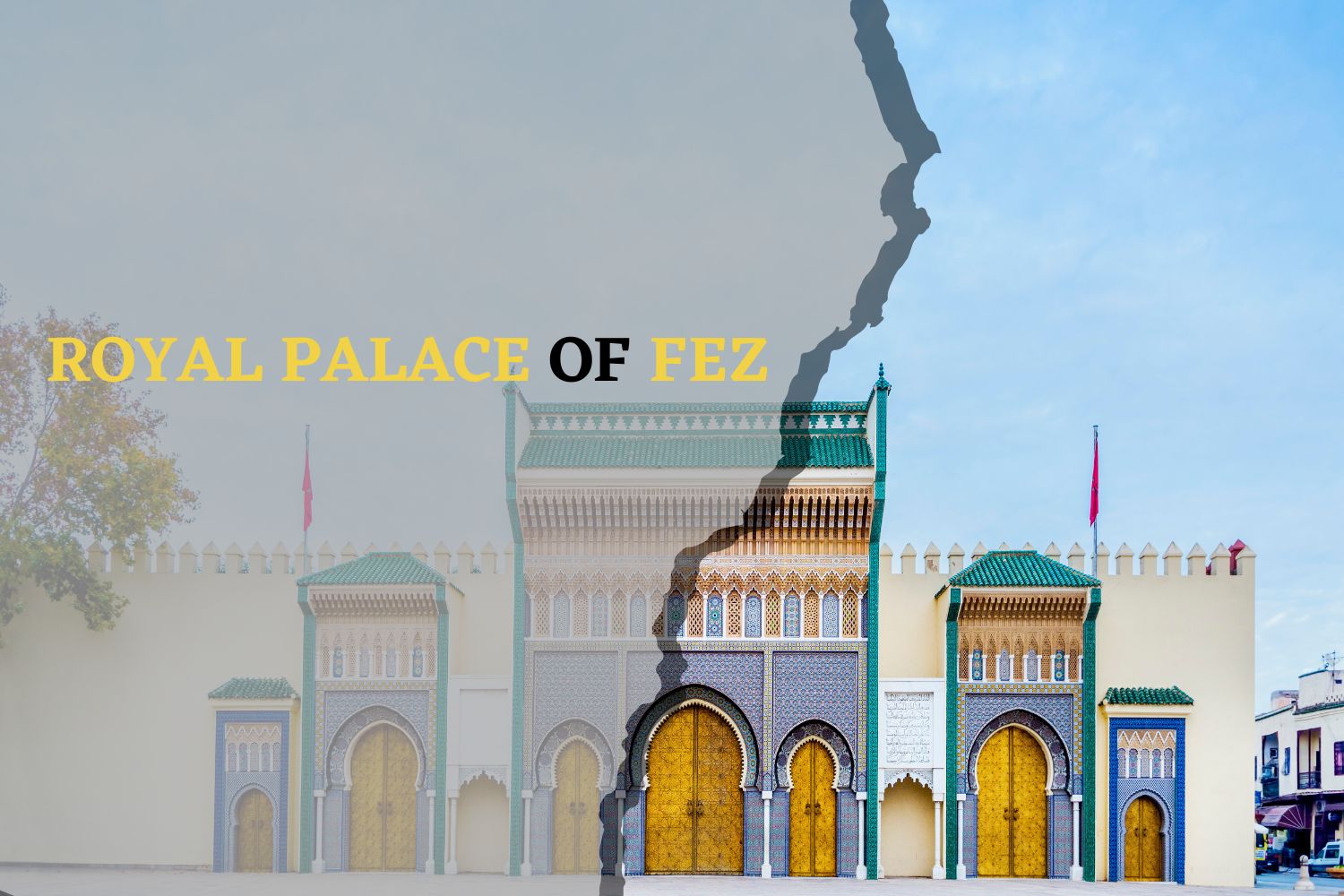
Historical Background of the Royal Palace
The Royal Palace of Fez, or Dar el-Makhzen, dates back to the 13th century during the reign of the Marinid dynasty, although it has been expanded and renovated by subsequent rulers over the centuries. Fez, founded in the 8th century, has long been one of the most important cities in Morocco, both politically and culturally. The construction of a royal palace in Fez cemented its status as a political hub, particularly during the era of the Marinids and later the Alaouite dynasty, to which the current royal family belongs.
Dar el-Makhzen was originally built as a residence for the sultan and his court, but over time, it became more than just a home—it became a symbol of royal authority and Morocco’s deep connection to its monarchical traditions. While the king of Morocco no longer resides in Fez full-time, the Royal Palace continues to serve as an official residence and is used during royal visits and important state events.
Throughout its history, the palace has undergone numerous renovations and expansions, incorporating various elements of traditional Moroccan architecture, from intricate tile work to carved cedar wood ceilings.
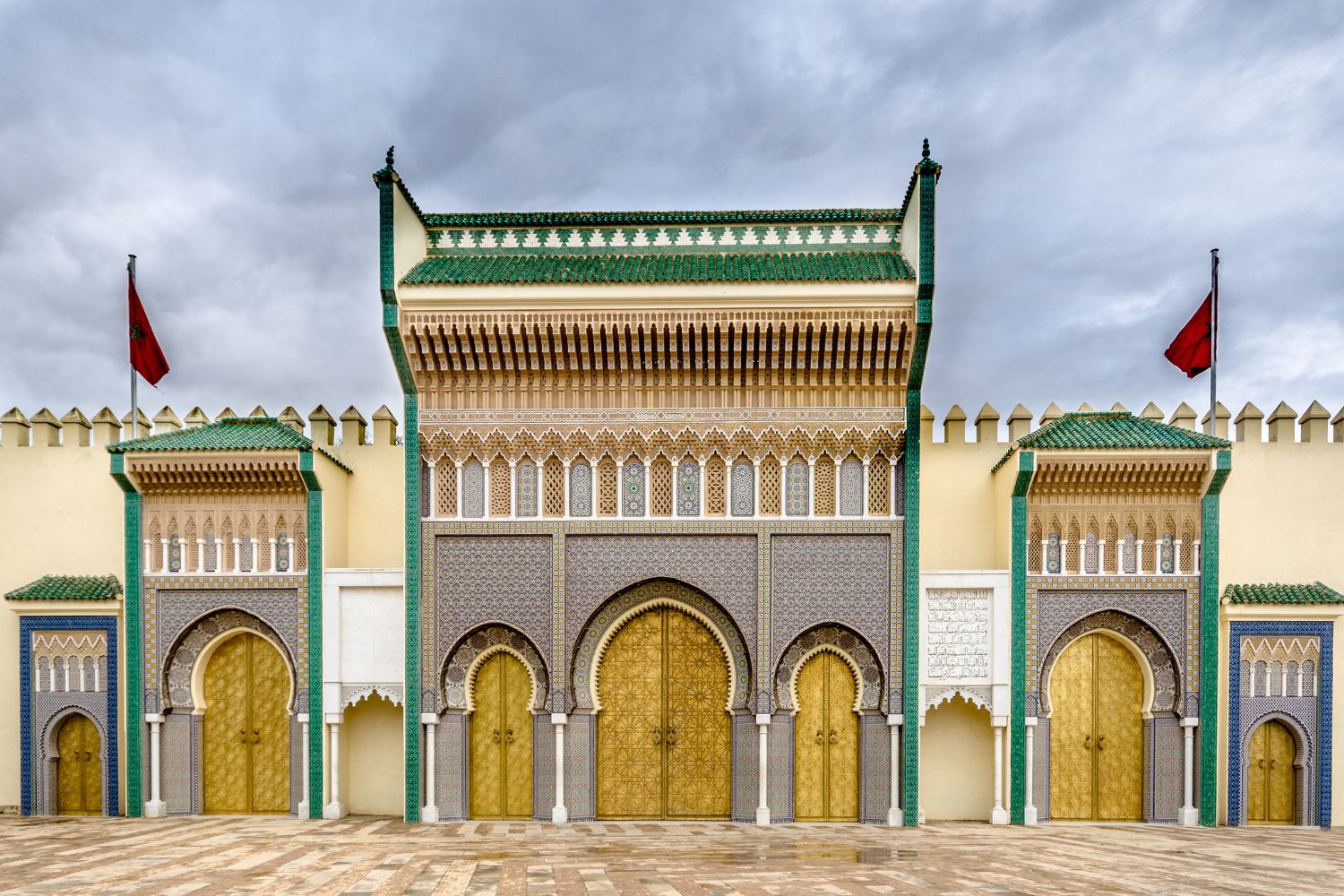
Architectural Highlights of the Royal Palace
The Royal Palace of Fez is renowned for its architectural splendor, showcasing some of the finest examples of Moroccan craftsmanship. Although the interior of the palace is not accessible to the public, the exterior and surrounding areas are more than enough to inspire awe and admiration.
- Golden Gates: One of the most iconic features of the Royal Palace is its seven massive bronze doors, also known as the “Golden Gates.” These stunning doors are intricately decorated with geometric patterns and Arabic calligraphy, epitomizing the beauty of traditional Islamic design. Each of the gates is framed by zellij tilework, made up of tiny mosaic tiles in vibrant colors like blue, green, and white. These gates represent the entrance to the palace and symbolize the grandeur of the monarchy.
- Zellij Tilework: The tilework surrounding the gates and throughout the palace is known as zellij, a traditional form of Moroccan mosaic that uses small, hand-cut tiles to create elaborate geometric designs. Zellij is a hallmark of Moroccan architecture and is prominently featured on many of the walls, columns, and fountains surrounding the palace.
- Carved Cedar Wood: Another feature that stands out in the palace’s design is the extensive use of cedar wood, intricately carved to create beautiful door frames, ceiling panels, and window shutters. The cedar wood used in the palace is native to the Middle Atlas Mountains of Morocco and has been a favored material in Moroccan architecture for centuries due to its durability and the fine detail it allows artisans to achieve.
- Large Courtyards and Gardens: Although visitors cannot enter the palace, its vast exterior is visible from the surrounding areas. The palace grounds include several large courtyards, which are rumored to be home to beautiful fountains and lush gardens, designed to offer tranquility and a sense of serenity amidst the palace’s grandeur. These gardens often feature meticulously landscaped greenery, palm trees, and citrus groves, adding a refreshing natural contrast to the intricate architectural details of the palace itself.
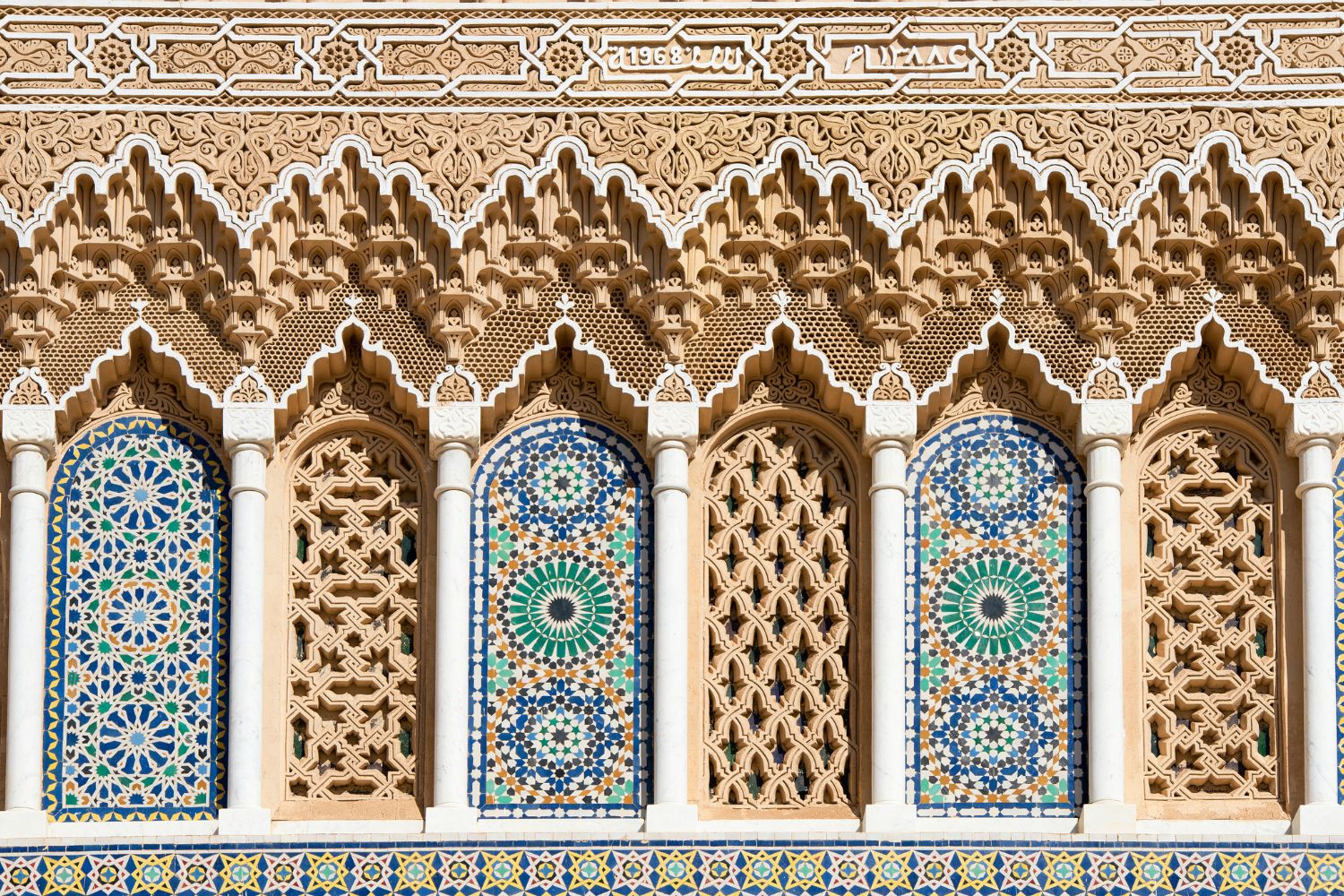
The Cultural and Political Importance of the Royal Palace
As one of the official royal residences of the Alaouite dynasty, the Royal Palace of Fez is more than just a historical monument; it is a living symbol of the monarchy’s enduring presence in Morocco. The palace plays a vital role in the political and cultural life of the country, particularly during state visits and religious celebrations.
- Royal Ceremonies: Though the palace is closed to the public, it is frequently used for official state functions and royal events. Religious festivals such as Eid al-Fitr and Eid al-Adha, as well as other national celebrations, often see the royal family in residence at Dar el-Makhzen. The palace serves as a gathering place for political leaders, religious figures, and foreign dignitaries during these important occasions.
- Symbol of Monarchical Authority: The Royal Palace is a powerful symbol of the king’s connection to Fez, Morocco’s spiritual and cultural capital. The Alaouite dynasty, which has ruled Morocco since the 17th century, uses the palace as a way to reaffirm its ties to the city and to the Moroccan people. Fez is seen as the historical heart of Morocco, and the presence of the Royal Palace solidifies the monarchy’s position within this historic context.
- Religious Significance: Fez is home to several important religious sites, including the Al Quaraouiyine Mosque and University, which is one of the oldest educational institutions in the world. The proximity of the Royal Palace to these spiritual landmarks reinforces the close relationship between the monarchy and Islam in Morocco. The palace serves as a venue for religious scholars and leaders to meet with the king, further emphasizing the king’s role as a spiritual as well as political leader.
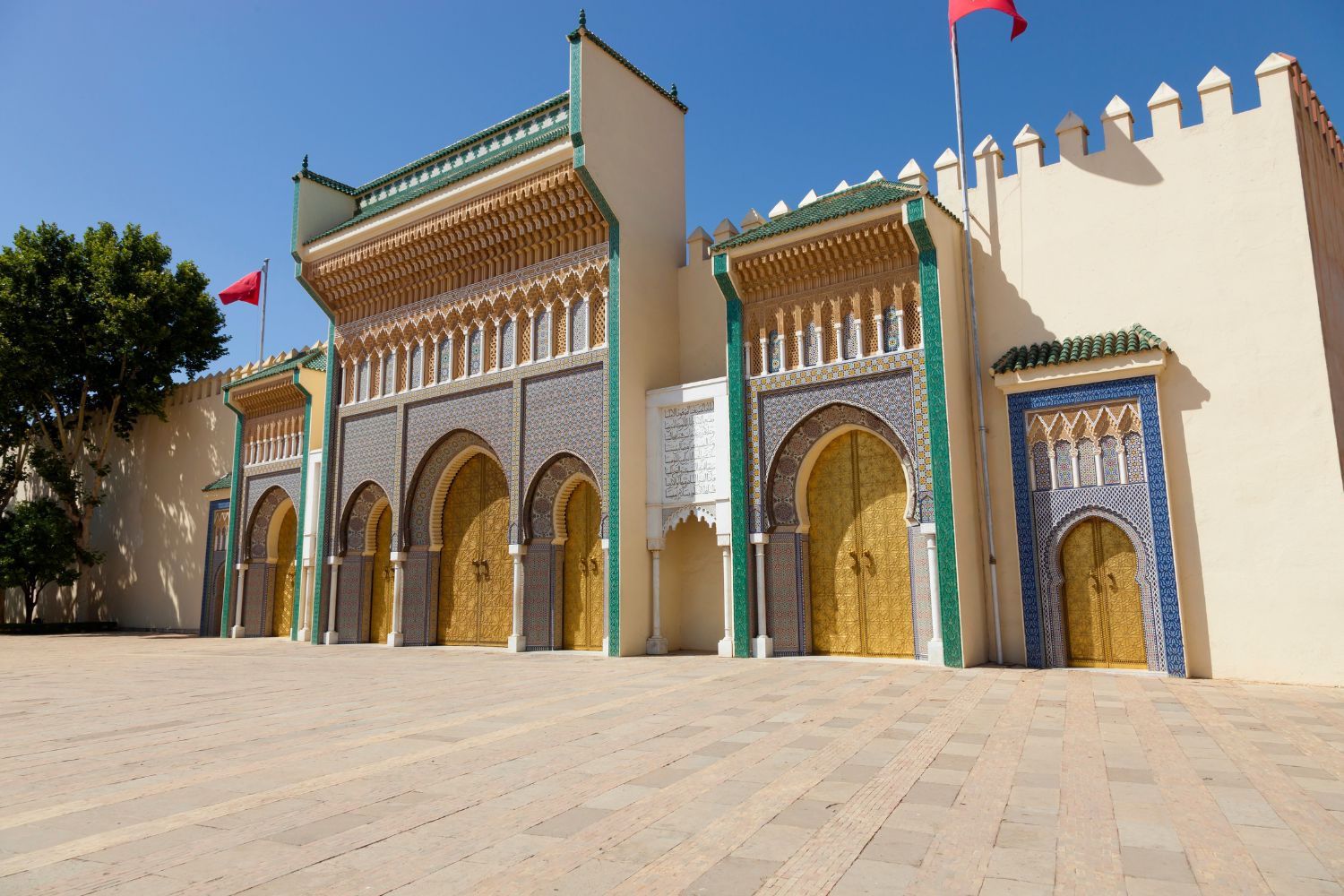
The Royal Palace and Fez’s Mellah (Jewish Quarter)
Adjacent to the Royal Palace is the Mellah, the old Jewish quarter of Fez, which is another area of great historical and cultural significance. The Mellah was established in the 15th century as a designated area for the Jewish community of Fez. The Jewish population in Fez played an important role in the city’s trade and economy, and their proximity to the Royal Palace symbolized the monarchy’s protection of religious minorities in Morocco.
The Mellah was once a vibrant neighborhood, with synagogues, schools, and homes for the Jewish community. Today, while the Jewish population in Fez has diminished, the Mellah remains a popular destination for visitors interested in learning about Morocco’s multicultural heritage. The Aben Danan Synagogue, one of the oldest synagogues in Morocco, has been restored and stands as a testament to the once-thriving Jewish community in Fez.
The relationship between the Royal Palace and the Mellah serves as a reminder of Morocco’s long-standing tradition of coexistence between different religious and ethnic communities.
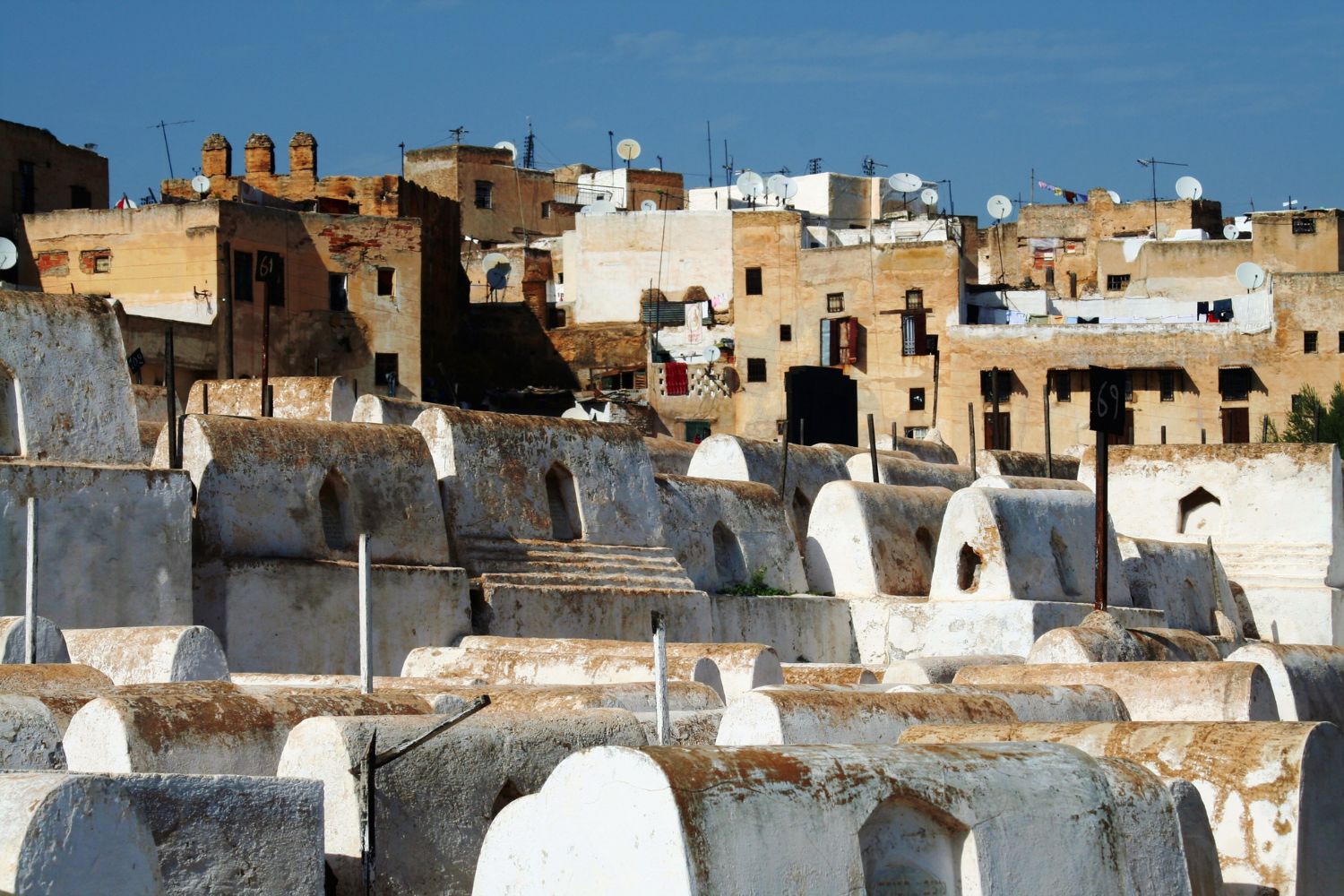
The Importance of Fez as a Cultural and Religious Hub
The Royal Palace’s location in Fez is no coincidence. Fez is considered one of Morocco’s most important cities, often regarded as the cultural and religious heart of the country. Founded in 789 AD, Fez is one of the four imperial cities of Morocco, alongside Marrakesh, Rabat, and Meknes. The city is home to the Al Quaraouiyine Mosque and University, one of the oldest universities in the world, as well as a rich collection of historical monuments, madrasas (Islamic schools), and souks (markets).
For centuries, Fez has been a center of intellectual, religious, and artistic life in Morocco. The presence of the Royal Palace in Fez underscores the city’s importance to the monarchy and to the nation as a whole.
Visiting the Royal Palace of Fez
Although the interior of the Royal Palace is not open to visitors, the exterior is still one of the most popular tourist destinations in Fez. Visitors can walk around the palace grounds, admire the grand gates and stunning tilework, and take photographs of the intricate craftsmanship that defines the palace’s architecture.
- Best Time to Visit: The Royal Palace of Fez is accessible year-round, but mornings or late afternoons are the best times to visit, as the light enhances the beauty of the tilework and brass gates. It’s also less crowded during these times, allowing for a more peaceful experience.
- What to Bring: Since the palace is only visible from the outside, visitors should bring a camera to capture the grandeur of the gates and exterior design. Comfortable shoes are recommended for walking around the grounds, as the palace is situated in a large square surrounded by other historic sites.
Conclusion
The Royal Palace of Fez, with its grand gates, exquisite tilework, and historical significance, stands as a symbol of Morocco’s rich royal tradition and its connection to the city of Fez. While the palace remains a private residence for the royal family, its exterior continues to inspire awe and admiration from all who visit.
As a central piece of Morocco’s cultural and political history, the Royal Palace is a must-see for anyone traveling to Fez. Its architectural beauty, combined with its role as a living monument to the monarchy, ensures that the Royal Palace will remain one of the most iconic landmarks in Morocco for generations to come.